As the halfway point for 2021 approaches, it’s time to assess performance and recalibrate expectations for the balance of the year. In our December 2020 newsletter, our expectations for 2021 included positive equity markets driven by sector rotation (motivated by a gradual lifting of pandemic restrictions), headwinds for fixed income, higher commodity prices, and a weaker U.S. dollar.
With the exception of oil (which we expected would lag other commodities due to a supply glut), broad capital market performance has been in line with our expectations, albeit ahead of schedule. Given the market’s propensity to look ahead, we think 2021 performance will likely be skewed toward the first half of the year. As most global economies regain traction, we expect anxiousness about inflation, tightening of monetary policy, and higher taxes may spark higher volatility and a more subdued second half.
Corporate earnings season is a busy period as companies report results for the quarter just ended and often provide forward guidance. This offering of fresh information often results in material share price movements. The recent Q1 earnings period (mid-April to mid-May) was peculiar as a record percentage of companies in the S&P500 (87.5% to be precise) beat consensus analyst expectations, yet the index yawned with a gain of less than 1% during the reporting period. In some cases, particularly in the technology sector, share prices declined after companies reported handsome earnings surprises (as an example, e-commerce behemoth Amazon reported quarterly earnings per share that were 63% above analyst expectations yet shares closed down 0.1% the day after results were released).
We think several factors are responsible for this unusual behaviour: expectations for earnings growth to decelerate, margin pressure as companies pay higher wages and are subject to cost pressures throughout the supply chain, and high current valuations that could be crimped by the expected removal of easy money policies of central banks. The crucial variable that weaves through each of these concerns is inflation.
Inflation measures the change in the price of goods and services over a period of time. Because of seasonality, year-over-year (YoY) measurements of inflation are more relevant than month-over-month or quarter-over-quarter. The most recent readings of inflation (May YoY U.S. consumer price inflation was 5.0% and 3.4% in Canada for April, both multi-year highs) were well above central bank targets of 2%. In normal times, inflation readings like these would prompt the central bank to raise interest rates to prevent economic overheating. However, these are not normal times as the global economy is emerging from a pandemic.
The most important near-term debate within capital markets is whether high inflation is transitory or structural. Based on current equity and bond market behaviour, we think investors are positioned for the former, which means that any whiff of structural inflation could present downside risk to asset prices.
The U.S. Federal Reserve has been a staunch advocate of the transitory inflation thesis and, by keeping interest rates ultra-low, is willing to tolerate higher short-term inflation until the economy regains solid footing. Spurred by rising vaccination rates and declining Covid cases, the pace of economic reopening is gaining momentum, suggesting that substantial further progress toward full recovery is now much closer on the horizon.
While employment recovers, high inflation readings will continue to test the Fed’s resolve. Akin to flying too close to the sun, we think the Fed will soon pivot away from the emergency monetary policy measures that supported investor confidence at the pandemic’s outset and played a major role in lifting asset prices to current levels. Tightening of interest rate policy will be done gradually to ensure orderly capital markets, but any evidence of structural inflation along the way could trigger volatility.
It’s been a great first half. We’re prepared for an interesting second half. Our current portfolio positioning reflects cautious optimism that inflation will not spiral out of control but may not be as benign as the current consensus believes. As a defensive measure and to address high valuation levels in some sectors and regions, we have been gradually reallocating equity exposure to international equity markets (Europe, Asia-Pacific, India, Brazil) where growth and valuation are relatively more attractive. Our current international exposure (15% weighting in our model portfolio) is the highest it’s been in five years. To maintain flexibility in the second half of 2021 when volatility could increase, we have allocated an elevated amount to cash equivalents.
Recent portfolio changes
In recent weeks, we have made the following portfolio changes in our primary managed portfolio. Please contact us to discuss any of these transactions in greater detail or if you have any questions regarding your portfolio.

